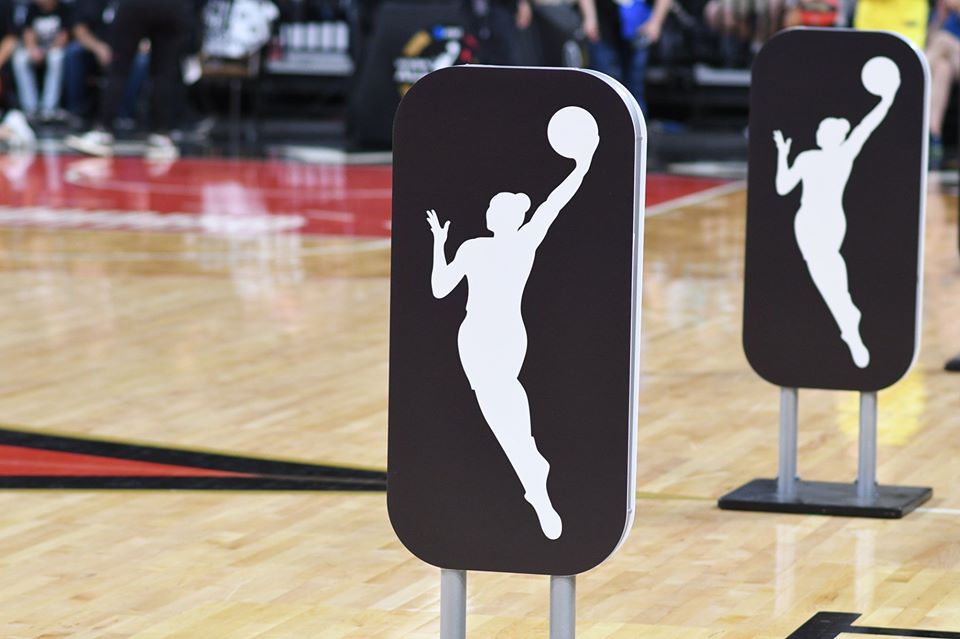Money is always a big issue within women’s sports. From how much women athletes are paid in comparison to their male counterparts to the increasing amount of money that is finding its way to women’s sports, more dollars and cents to women’s sports only make sense.
Recently, the United States Women’s National Soccer Team scored a major win – and it did not even have to take the pitch.
Per the terms of a new U.S. Soccer Federation collective bargaining agreement, the team has achieved pay equality on pair with the United States Men’s National Soccer Team. The updated collective bargaining agreements are set to last through 2028.
While the announcement that the USWNT and the USMNT would indeed see equal pay for the next several years, there is actually a strong argument that says the women’s team ought to be paid more than the men’s team. After all, the USWNT has experienced success in international competitions – such as World Cups and Olympics – that the men’s team simply has not been able to duplicate.
Given the overall state of the gender pay gap – both inside and outside of the sports realm, any win that further shrinks that gap is a win that should be celebrated as progress.
In a lot of ways, the USWNT is like that luxurious building in the background amongst all of the other structures that, when compared to it, do not catch the eye as much as it does. It is there, but it only gets the bulk of its praise every few years in relation to a lot of its peer buildings.
Those advocating on behalf of pay equity across the board for women – including in the WNBA – should be heartened by what recently came out of U.S. Soccer. Maybe, for now, not in terms of having W salaries mirror NBA salaries, but on the topic of continuing to increase player salaries so more players did not feel as if it was an obligation for them to go overseas as soon as the WNBA season finishes.
In plenty of ways, many WNBA players are still experiencing the same schedule – only to a larger and more media-covered scale – of playing with their real teams during the season then to another team when the WNBA is not in play. Many a WNBA baller came through the AAU, grassroots and travel ranks where they would put on their travel team’s uniform for much of the spring and summer shortly after the high school season had concluded.
It is also the key thing to remember and discuss when talking about the Brittney Griner saga. One of the best players in WNBA history, she too has had to hoop overseas because the money she and other WNBA players get from overseas clubs such as Dynamo Kursk and UMMC Ekaterinburg dwarf the salaries they receive from their W work.
While the collective bargaining agreement that was inked between the league and its players did result in an across the board salary increase, it was still a significant step in furthering the league’s goal of salary equity. There is little if any question that the players will use the next CBA battle with the W’s owners to further those efforts.
If important steps on the subject of salaries can be taken within U.S. Soccer, then they can occur in the WNBA. Comparing the two entirely is completely an apples to oranges (or should we say soccer balls to basketballs) comparison, but both are two of the most high profile sports organizations in the country. This means that on the topic of pay equity, both U.S. Soccer as well as the WNBA are expected to stand up and be leaders on this issue.
Just as the U.S. Soccer Federation is home to, arguably, the world’s premier national soccer team, WNBA players are the best women’s basketball players in the world and should be treated and paid as such.
Given the increasing amount of money that is rightfully finding its way into the coffers of women’s sports – not to mention the $75 million the league itself announced it raised in capital gains earlier in the year, commissioner Cathy Engelbert needs to ensure the players that they will be among the beneficiaries of those capital gains.




